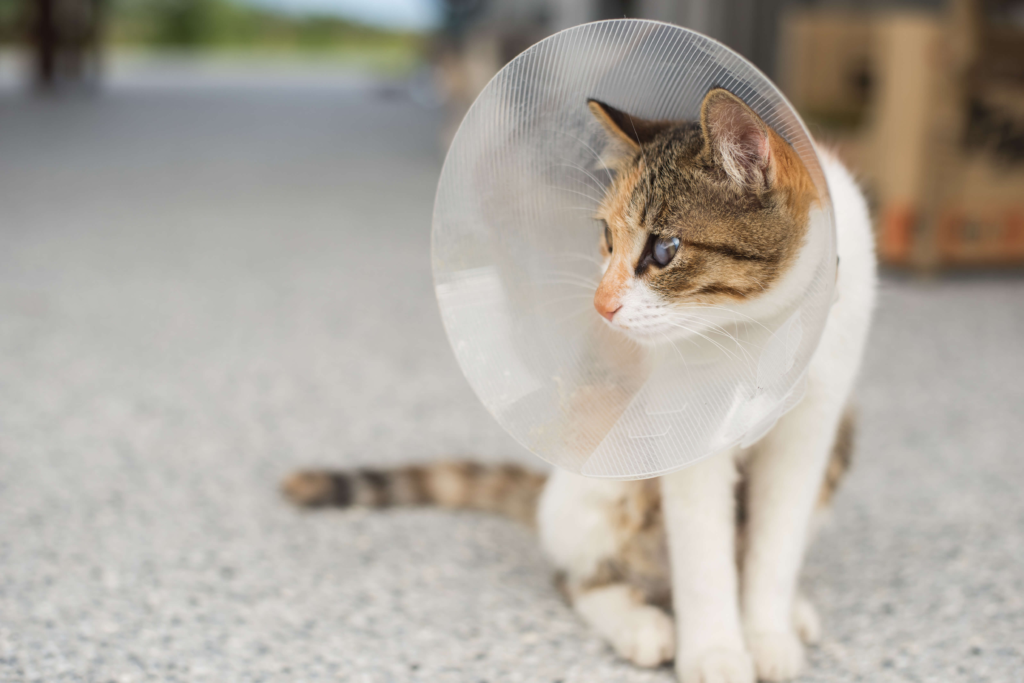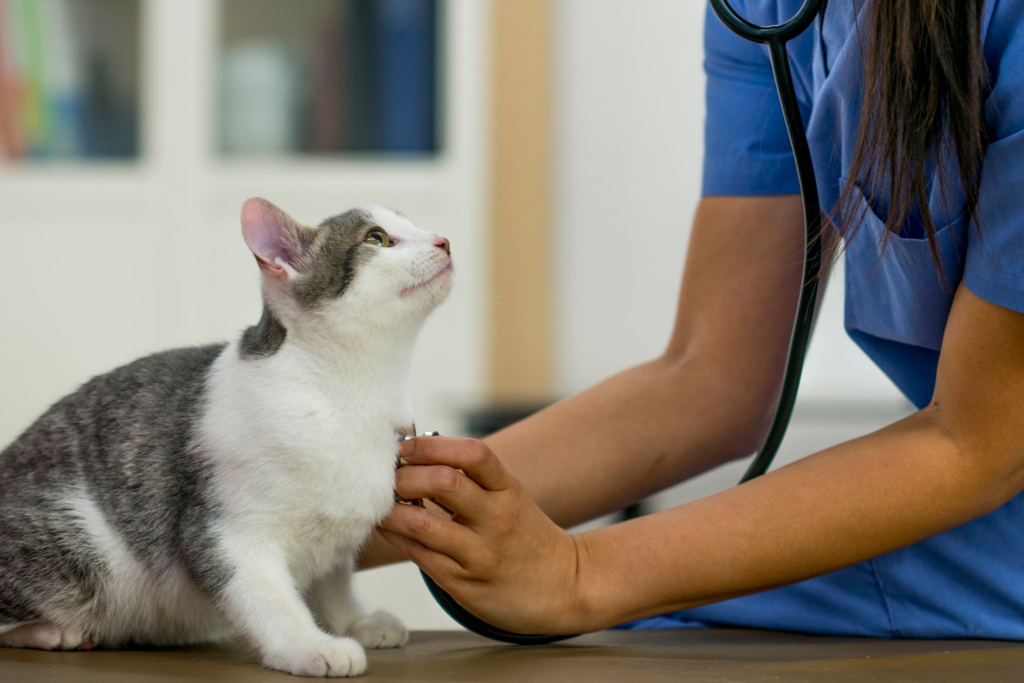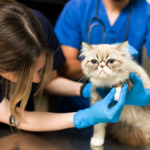Spaying and neutering are crucial aspects of responsible pet ownership that offer numerous benefits for both your cat and the broader community. These procedures, which involve the removal of reproductive organs, contribute to your cat’s health, behavior, and overall well-being. Here’s an overview of the key benefits of spaying and neutering your feline companion and what you need to know about these important procedures.

1. Health Benefits
1. Reduced Risk of Certain Cancers:
- Female Cats: Spaying (removal of ovaries and uterus) eliminates the risk of ovarian and uterine cancers. It also significantly reduces the risk of mammary cancer, especially if performed before the first heat cycle.
- Male Cats: Neutering (removal of testicles) prevents testicular cancer and lowers the risk of prostate problems.
2. Prevention of Reproductive Health Issues:
- Pyometra: Spaying prevents pyometra, a potentially life-threatening infection of the uterus that requires emergency surgery.
- Prostate Disease: Neutering reduces the risk of prostate enlargement and associated complications.
3. Improved Longevity:
- Overall Health: Spayed and neutered cats tend to live longer, healthier lives due to the reduced risk of certain cancers and reproductive diseases. Studies show that spaying and neutering can contribute to a decrease in mortality rates and an increase in life expectancy.
2. Behavioral Benefits
1. Reduced Aggression:
- Male Cats: Neutering often reduces aggressive behaviors related to mating instincts, such as territorial fighting and marking. Neutered males are generally less likely to engage in fights with other cats, which lowers the risk of injury and the spread of diseases.
2. Decreased Roaming:
- Female Cats: Spaying eliminates the heat cycle, which reduces the urge for female cats to roam and seek mates. This not only prevents unwanted pregnancies but also decreases the risk of injury from fights or accidents while roaming.
3. Less Spraying and Marking:
- Male Cats: Neutering reduces the tendency for male cats to mark their territory with urine. This can lead to a more pleasant living environment and reduce the need for extensive cleaning and odor control.
3. Population Control

1. Prevention of Unplanned Litters:
- Reducing Overpopulation: Spaying and neutering help control the cat population by preventing unplanned litters. Each year, millions of cats end up in shelters due to overpopulation, and many of these cats are euthanized due to a lack of homes.
- Community Impact: By spaying and neutering your cat, you contribute to reducing the number of homeless animals and alleviate the burden on animal shelters and rescue organizations.
2. Lowering Stray Cat Numbers:
- Reducing Stray Populations: Neutering feral and stray cats is a key component of trap-neuter-return (TNR) programs, which help manage and reduce stray cat populations in communities. This approach improves the health and safety of feral cats and reduces the number of kittens born on the streets.
4. Procedure and Aftercare
1. Safe and Routine Procedure:
- Minimally Invasive: Spaying and neutering are routine procedures performed under general anesthesia. They are generally safe and have low risks of complications. Most cats recover quickly and resume normal activities within a few days.
2. Post-Operative Care:
- Monitoring Recovery: After the procedure, monitor your cat for signs of discomfort or complications. Follow your veterinarian’s instructions for post-operative care, including restricting activity and checking the surgical site for signs of infection.
3. Long-Term Considerations:
- Weight Management: Spayed and neutered cats may have a slightly higher risk of weight gain due to decreased activity levels and metabolic changes. Ensure a balanced diet and regular exercise to maintain a healthy weight.
5. Conclusion
Spaying and neutering your cat offer significant benefits that enhance their health, behavior, and quality of life. By reducing the risk of certain cancers and reproductive diseases, minimizing aggressive behaviors, and contributing to population control, these procedures play a crucial role in responsible pet ownership. They also have a positive impact on your community by helping to manage stray and feral cat populations. Consult your veterinarian to discuss the best time for spaying or neutering your cat and ensure your feline companion enjoys a long, healthy, and happy life.


